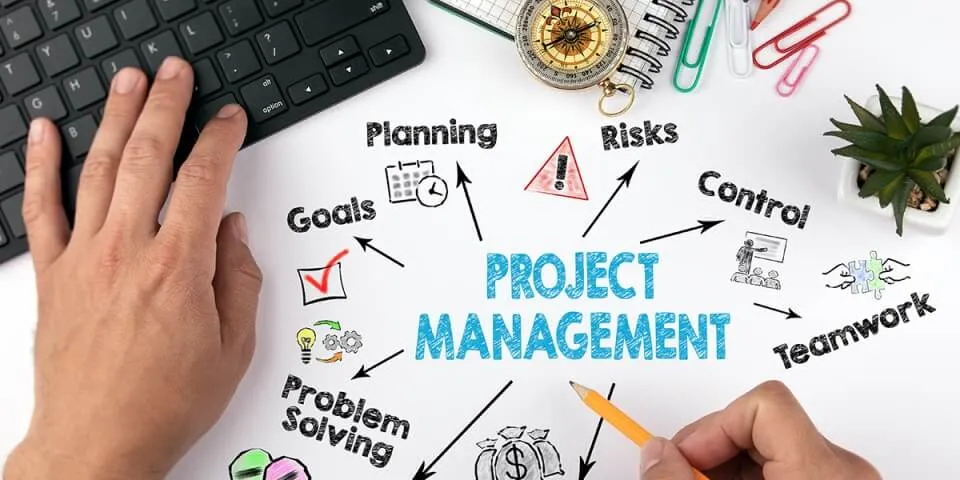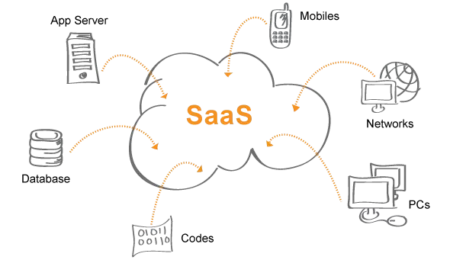Project Management

Project management is the process of leading a team to achieve specific goals and objectives within a defined timeline and budget. It involves planning, organizing, motivating and controlling resources (people, equipment, materials) to attain the objectives of a project. The ultimate goal of project management is to deliver a successful project outcome that meets the client’s needs and expectations. Key tasks in project management include defining project scope, developing a project plan, managing risk, monitoring progress, and adapting to changes.
Benefits of project Management
Improved efficiency and productivity: Project management helps to organize resources and work processes, resulting in increased efficiency and productivity.
Better decision-making: Project management provides a structured approach for evaluating and making decisions, leading to better outcomes.
Improved collaboration and communication: Project management fosters collaboration and communication among team members, leading to better alignment and results.
Increased visibility and control: Project management provides a centralized platform for tracking progress and monitoring the project’s performance, giving project managers increased visibility and control.
Reduced risks: Project management helps identify potential risks and develop strategies to mitigate them, reducing the likelihood of project failures.
Increased customer satisfaction: By delivering projects on time, within budget, and to the required quality, project management helps to increase customer satisfaction.
Better resource allocation: Project management helps to allocate resources more effectively, reducing waste and increasing productivity.
Initiation: Define the project scope, objectives, and stakeholders.
Planning: Develop a detailed project plan, including timeline, budget, and resource allocation.
Execution: Implement the project plan, allocate resources, and complete project tasks.
Monitoring and controlling: Regularly track progress, identify risks, and take corrective actions.
Closing: Formally close the project, evaluate its success, and document lessons learned.
There are many project management tools available today, each with its own unique features and capabilities. Some popular options include:
Asana: a cloud-based project management tool that allows teams to track their work and progress.
Trello: a simple, visual way to manage tasks and projects, using boards, lists, and cards.
Basecamp: a web-based project management tool that includes features for communication, collaboration, and task management.
Monday.com: a visual project management tool that allows teams to plan, track, and organize their work.
Jira: a powerful tool for Agile project management, designed specifically for software development teams.
Todoist: a task management tool that helps teams prioritize and track their work, with features for organizing and delegating tasks.
Airtable: a flexible, visual project management tool that allows teams to organize their work in a spreadsheet-like interface.
Slack: a collaboration platform that includes features for project management, including the ability to create and manage tasks and projects in real-time.
These are just a few examples of the many project management tools available. When choosing a tool, it’s important to consider the specific needs of your team, including the size of the team, the type of work being done, and the level of collaboration required
In conclusion, project management is an essential process for ensuring the successful completion of short-term projects. By following a structured approach and paying attention to key areas such as project scope and objectives, project planning, team assembly, communication, risk management, and monitoring and control, project managers can ensure that projects are completed on time and to the satisfaction of all stakeholders involved.
Subscribe below to receive business related emails.
subscribe below to receive business/consumer related emails from sumbor.






